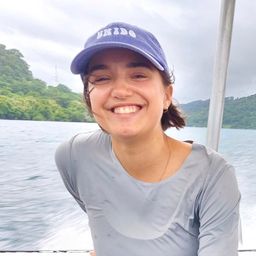New territories / conservation
My Session Status
Sub Sessions
As a result of the Global Biodiversity Framework, the COP 15 biodiversity conference agreed to protect 30% of land and waters by 2030. That means increasing exponentially protected areas and other forms of conservation territories. One of the questions implied is how to finance conservation as public goods and what are the social outcomes of those territories (Buscher & Fletcher, 2020; Dempsey, 2016). In Canada, conservation is lead prim...
Too often across the globe terrestrial and marine environments are governed as separate jurisdictions within the nation state. This separation in governance creates fragmented land-seascapes, undermines local authority and decision making processes, and limits access to coastal and marine resources. Governance and management of resources and conservation regimes at the land-sea interface typically fail to integrate information from multiple natural realms in a comprehensive manner. This ma...
À la lumière des objectifs et des négociations tirés de la COP15, le Québec s’engage sur la scène internationale à protéger sa biodiversité. Cette orientation prévoit notamment d’atteindre la cible de 30 % de conservation du territoire d’ici 2030. Le sud du Québec est principalement concerné par cet objectif de par la richesse et la diversité de ses écosystèmes. Il est toutefois sujet à des fortes pressions anthropiques : c’est, entre autres, la concentration d’activités forestières et agr...
This presentation shows the preliminary results of a study conducted with an Emberá indigenous community of Eastern Panama that has been involved in carbon-based reforestation and conservation projects for over three decades. Based on a collection of individual and communal oral history interviews, the goal of this study is to examine how livelihoods and land use have changed in the community during the last few decades, paying special attention ...




